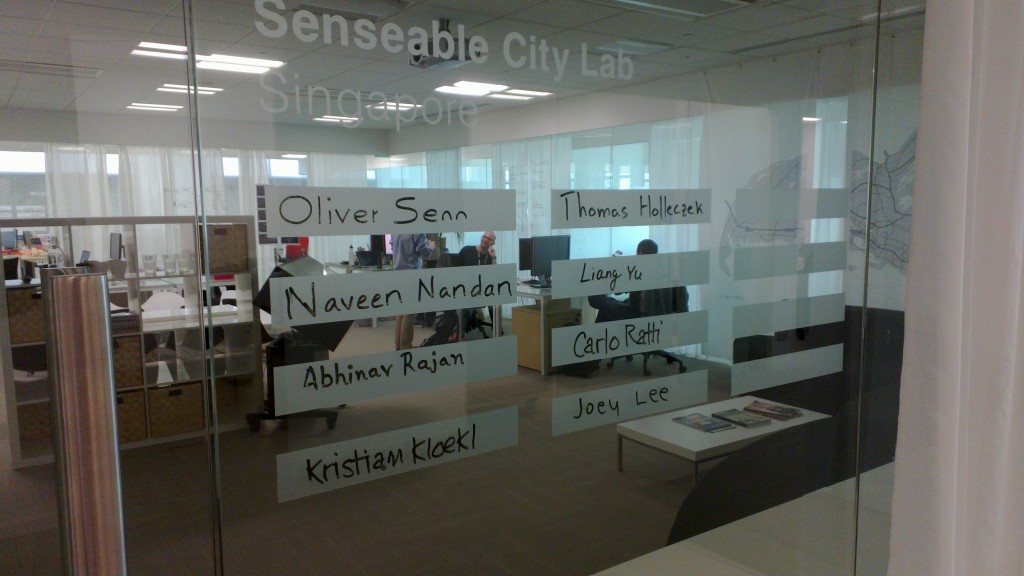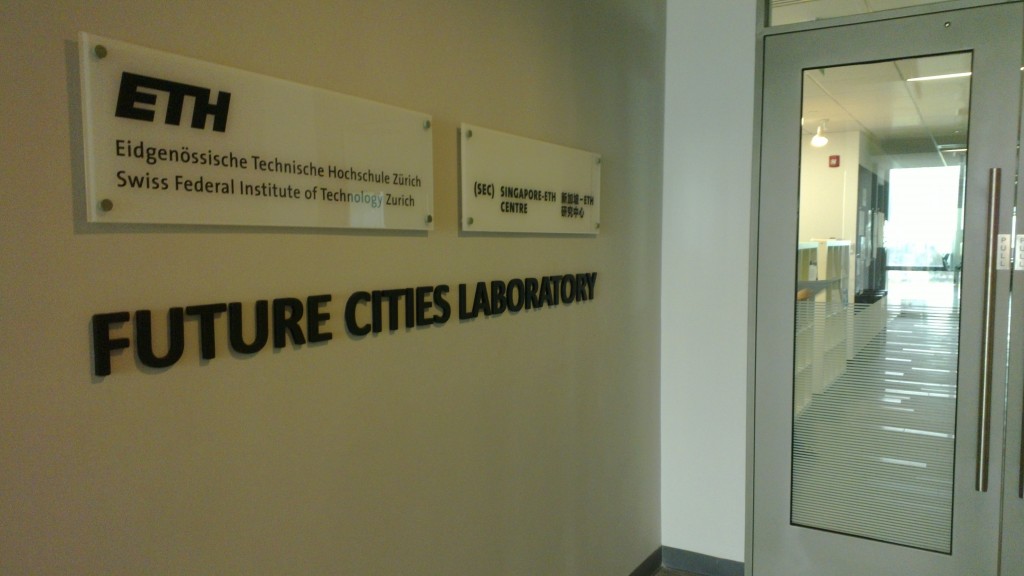The Context
In 2010/11 a series of earthquakes struck the city of Christchurch in New Zealand. From this tragedy a unique opportunity has been presented. The city now has the chance to become a global living laboratory that addresses some critical issues facing cities around the world.
Around the world increasing numbers of people are moving to cities. However at the same time cities have numerous challenges concerning traffic flows, resource usage and managing complex interdependencies. As a result one of the great problems of our time is how cities can be adapted for life in the 21st century.
There are generally two approaches to the challenge: the first is to retrofit cities with technologies and infrastructure. However such approaches can only tinker around the edges because retrofitting infrastructure across an entire city is fiendishly difficult.
The second approach is to create entirely new cities from scratch. This approach has been tried with Masdar in the UAE and Songdo in South Korea. These cities are based on a philosophy of “build it and they will come” where city builders create ‘artificial’ conditions in the hope of attracting people. Despite this problematic philosophy the development of these new cities attracts significant investment from very large corporations like Cisco and GE. This is because there’s a real lack of locations where they can implement their latest ideas, products and services in working environments. Picking up on this unmet need one development called CITE has even gone so far as to purposely start to build a city with no people simply to act as a massive test environment.
Christchurch on the other hand has 400,000 people just waiting to use the city centre once more.
There is not a single city in the world where the Mayor could mandate that the CBD be vacated while the infrastructure was upgraded. What’s more, Christchurch is the goldilocks city: it’s just the right size for experimentation but big enough to prove solutions at scale.
Christchurch could become the only city in the world where every building, every street and every path was embedded with sensors that monitored environmental conditions. This would include the measurement of everything from CO2 through to footfall, traffic flow, water use and everything in between. Right now the world is lacking a city-scale test bed where there is an existing population ready to use a newly created city.
For the first time in history people would be able to see how a city actually worked based on real time data, rather than from retrospective hunches.
In addition this would position the city as a hotbed of new thinking that could lead the world and become an engine of economic activity for New Zealand that attracts talent, creates unique exportable intellectual property and is a magnet for significant international corporate investment.
So what’s happening?
Infratil is funding a feasibility study into the Sensing City concept, and I’m going to complete this by the end of October. To date I’ve been speaking to a range of organisations/individuals and companies around the world about the concept and getting some very positive feedback.
As I type this I’m in Singapore on the first leg of a round-the-world trip. The rest of my itinerary takes me to London, New York, Boston and San Francisco. At each leg of the trip I’ll be blogging the highlights of the feedback from the meetings. I’ll also answer questions about the concept as they arise, and then on the 11th of October I’ll be talking about the concept at IceFest in Christchurch.




